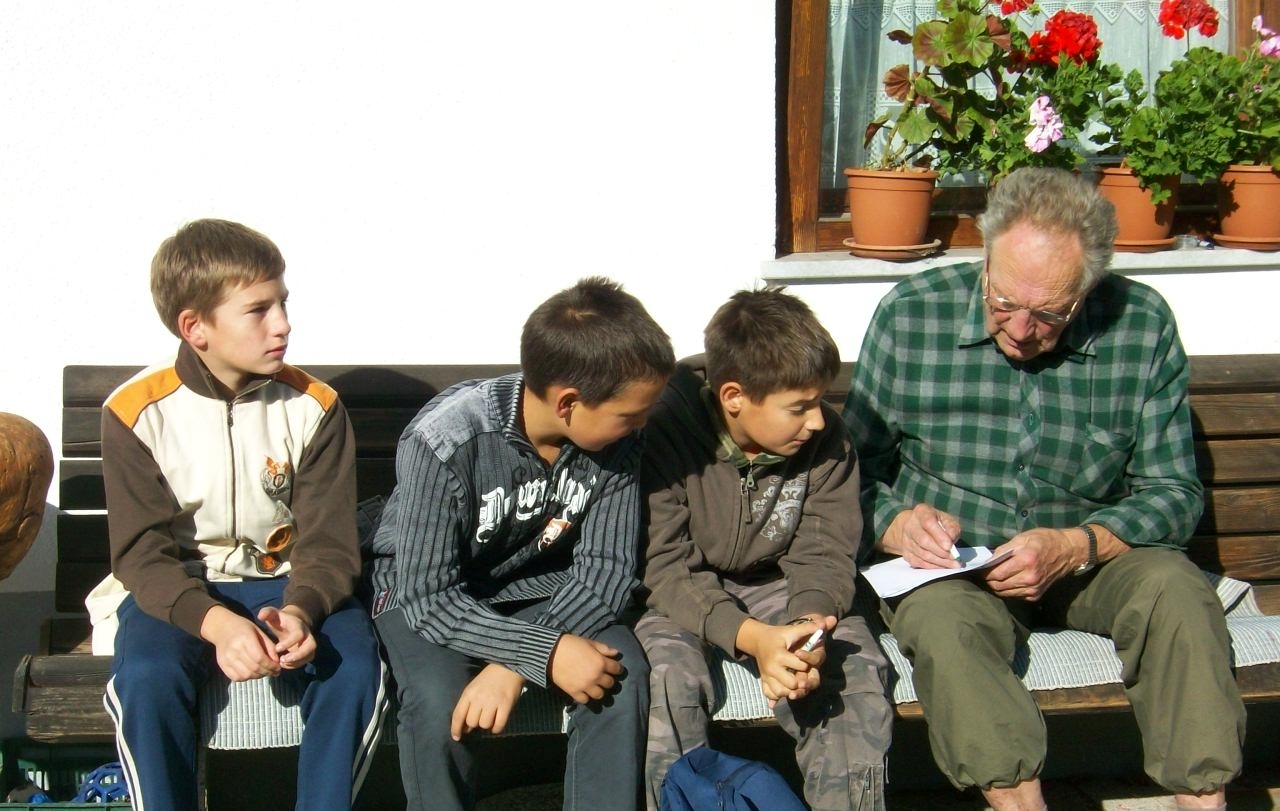Gorenjska (Slovenia) and Southern Carinthia (Austria) are two neighboring regions in the Eastern Alps. Slovene field and house denominations, mostly originating from local rural life, are important cultural assets of both regions and have been part of everyday life for centuries. Socio-economic changes during the 20th century (including urbanisation, abandonment of traditional farming techniques) put original Slovene names at risk of oblivion. Slovene denominations were no longer passed on to the younger generation in their traditional form especially in the mostly German-speaking Southern Carinthia region, where Slovene is a linguistic minority.
Through a cross-border collaboration, the two regions with the support of more than 40 municipalities mobilised elderly citizens to conduct extensive documentation and data collection of Slovene house and field names by means of a joint database and a joint multilingual cross-border web portal including an interactive web-mapping application. Awareness-raising activities and the positive media coverage resulting from the initiative encouraged communities and young people to reintroduce Slovene denominations in everyday life. The initiative also led to the inclusion of Slovene denominations into the Austrian National Inventory of the Intangible Cultural Heritage.
First local initiatives collecting house names appeared in 2005 in Gorenjska region and in 2008 in southern Carinthia. The two regions developed a common data collection and documentation methodology of Slovene house and field names supported by the cross-border European Union project 'Cultural portal of field and house names' (2011 2015). Citizens were mobilised to contribute to data collection. During the implementation phase, over 1,600 elderly people were involved in the initiative as 'holders of memory'. By August 2020, 15,700 house names and 9,600 field names have been recorded and mapped. The two regions organised educational, awareness-raising and visibility activities to favour the uptake and reuse of Slovene names: Lectures for adults in schools, permanent and temporary exhibitions, collection of 15 printed maps disseminated in tourist offices and municipalities, 60 publications, 6,500 homesteads marked with house names and additional 130 signposts or bus stop signs, public relations and media work (newspapers, radio, television). The campaign also involved audio-visual digital tools including internet portals featuring audio samples, and a joint cross-border electronic map combining names from all municipal maps. The visibility gained by the project inspired other neighbouring regions e.g. Osrednjeslovenska region in Slovenia.
Southern Carinthia and Gorenjska regions supervised implementation in cooperation with local municipalities and stakeholders active in the territory, in particular cultural associations representing elderly people and linguistic minorities. The Slovene Cultural Associations in Southern Carinthia and the Development Agency for Upper Gorenjska played a crucial role in coordinating the initiative locally. Two professional institutions in the field of ethnography and linguistics (the Urban Jarnik Slovenian Ethnographic Institute in Southern Carinthia and the Fran Ramovš Institute of the Slovenian Language in Gorenjska region) closely collaborated with public authorities to ensure scientific quality.
The project contributed in the dissemination of knowledge on traditional Slovene field and house names, increased awareness and engagement of local communities to preserve and transmit cultural heritage, improved the collection of historical data on local cultural and natural heritage and the access to data and information on local intangible cultural heritage. It also encourgaed the re-use and uptake of traditional heritage in everyday life of local communities and enhanced cross-border cooperation based on shared heritage and visibility at international level.
Find more about the project here








